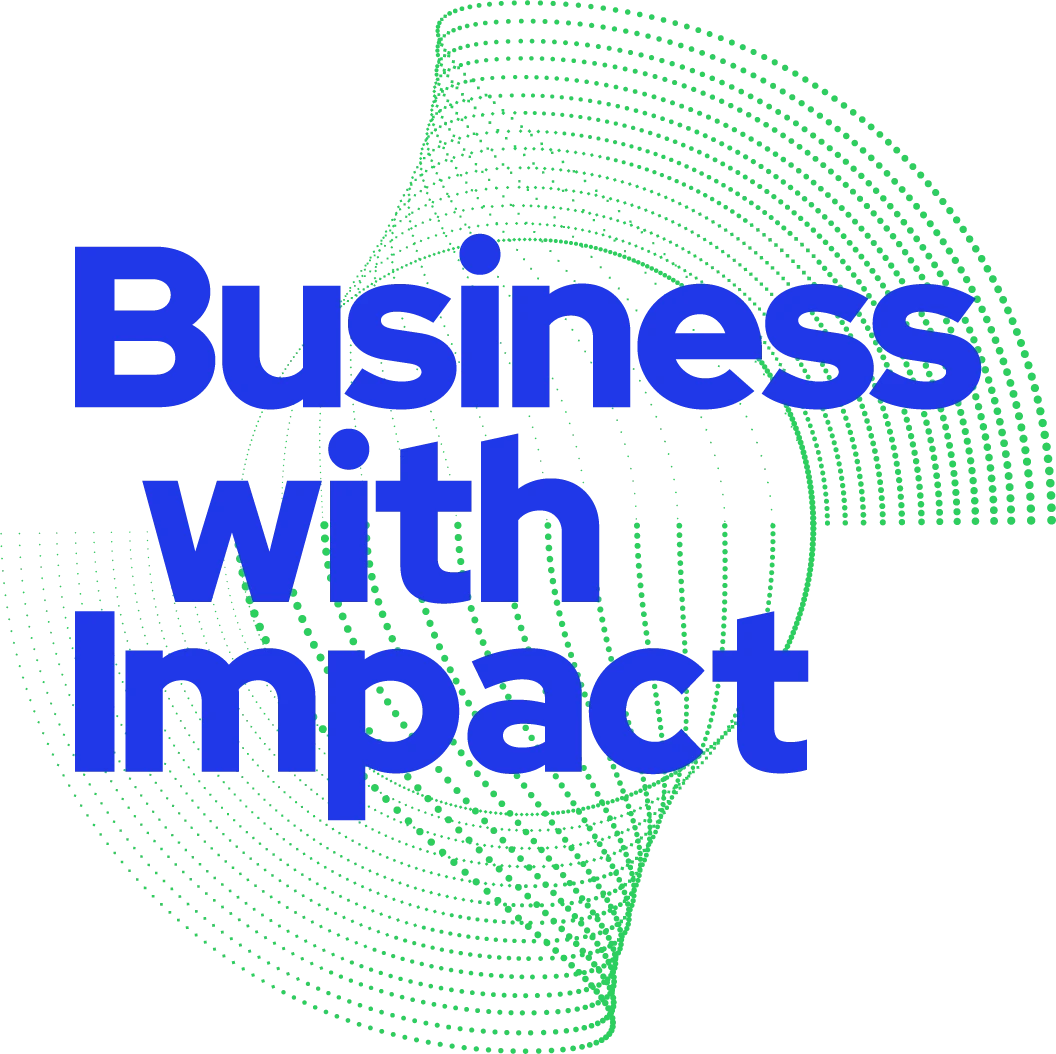With more than a decade of experience, there are three problems that I see business leaders struggle with again and again. When problems follow patterns they become predictable and solutions can be developed to solve them. So that is what I have done.
I have worked with more than 100 companies, interacted with several times more in direct dialogs or related to speaking on this topic for 10.000+ business people and I am starting to see patterns in the problems they are facing. The three problems I focus on in this newsletter are typical for businesses across sectors and size that have yet to wholeheartedly engage in the sustainability agenda. They come in variations and you might call them other names, but the bottom line is that they all can be traced back to these three problems.
The three key problems are
- We are not attractive
- I can’t lead this
- Business is hurting
Now let me unfold them a bit.
We are not attractive
What happens is that the business leader start to recognize that something new is at play here. Something else that steals the agenda. Some describe it as they are starting to be invincible.
It is no longer enough to have a great product or have a strong position in the market or that you are known for good quality or whatever the stronghold is that your brand is built upon. And that previously made you an attractive partner, an attractive place to work, or an attractive supplier. But now something else is going on that steals the attraction, something that if you don’t have it, then you start to fall behind.
Since you read this you know that the “new” thing is sustainability. The consequence of not being attractive due to a lack of a clear profile and being perceived as part of the solution is that the price of acquiring new clients goes up, it becomes harder to attract great people and the performance of the team you have slows down.
If you look at that across industries, this is a multi-billion euro problem!
The thing is that if you want great people, if you want great partners, if you want great clients, then you really must step up. You got to give them a good and compelling reason for them to work with and for you.
I can’t lead this
This is a much more personal problem. Something that business leaders feel in their bodies and mind.
I often explain this as having to navigate in really foggy weather. Imagine you are standing looking out over terrain and you must set the course. It’s completely foggy and you can only see a few meters ahead. The problem is you know the landscape in front of you is full of gaps, cliffs, twists and turns, hills and rocks formations, and areas with dense shrubbery. A really complicated landscape all in all.
At the same time, you get pushed in the back by your organization, owners, the legislation, and the marketplace. Everyone around you is pushing you to set the direction and lead them into this territory.
You know that if you set the course just say five degrees wrong it won’t matter much for the first year or two but go 10 years down the line that minor change in direction leads to a significantly different place.
You feel you lack the knowledge and lack competence to understand sustainability and the business side of sustainability. This is not so strange because it’s never really been part of your agenda and it has never been part of your educational background. Up until recently, no one was expecting you to deal with sustainability. But that has changed and now people are looking to you for direction.
You are probably used to leading from the front and being a strong leader. This just makes it all the harder now that you are standing looking into this foggy terrain in front of you. All of this leads to the extremely unpleasant feeling that hits us all from time to time. It’s the feeling of not being good enough. This is one of the basic fears that humans have, and that we want to avoid the most.
Consequently, many business leaders decide to postpone and keep postponing when to engage and start to take steps into this unknown foggy territory.
The implications of this are that you miss out on huge business opportunities and value and you prolong the period where you put yourself in the pain of not being good enough.
Ultimately, you can say it is your social license to operate that’s at stake. Not right now but later and you know that and that just worsens the pain of not being able to navigate the lead this important agenda.
The good news is that it actually takes a lot less to upgrade your mindset and your understanding of this than you might think.
Or to put in another word to get the fog to lift and thereby giving you the opportunity to actually see clearly and set the direction and lead your company as you’re used to.
Business is hurting
You could say that this is kind of a consequence of the two first ones. Today, the competition is harder than ever. COVID has changed and challenged the landscape in many sectors in the last two years. Many new competitors are entering your home market and all over companies are shaping their competitive edge the best they can. The increased competition puts pressure on prices. And the war in Ukraine has just made a lot of these problems worse.
At the same time, the demand and expectation regarding sustainability are increasing. Both in terms of what the market demands and what comes from the legislators (both the European Union and often also national policies. So you are faced with supply chain issues and prices that are rising on energy and on many materials. At the same time, you have got to face increasing demand and expectations delivering on sustainability.
Increasingly people are just looking at you to judge you as either part of the solution or part of the problem. That is how the human brain works. We categorize things around us really effectively and in really simple and broad categories. So you are either good or bad – you are either part of the solution or part of the problem. The consequence of being put in the wrong box increases and all of this turns into a really tangible impact on the business.
Growth is slowing down. Or we even see companies where it stops. You need more money and more time for sales and marketing. The best people in your team are starting to look elsewhere. The ones that really hold it all together, the ones that inspire and innovate. These are the people that typically get offered new jobs regularly and so far have been satisfied with your organization and thus kept saying no to these new opportunities. As a consequence of you not engaging enough in the sustainability agenda they are starting to get curious and get an appetite for other places, other companies where you can get equally interesting job opportunities, but also know that you are now part of creating solutions to some of these significant problems like climate change, plastics, biodiversity or some of the social problems.
The hard thing about the situation is, that it is not one area where there is a problem. That would make it easier to spot and to deploy resources to fix it. It is here and there and everywhere and most business leaders do not see the connections and cant set the overall strategic frame to find the solution.
How to deal with them?
So those are the three problems that I can see, and that I meet many business leaders that are facing.
You might be able to recognize yourself in one or more of these. And if so, don’t worry, as I said that is perfectly normal. You are like most other business leaders in a company working with sustainability the traditional way.
If you remember back to one of my previous newsletters I wrote about a graph and the situation where most companies were lost in the wilderness (you can find it here). The problems I’ve been describing here are very typical for companies that are lost in the wilderness.
Ok, but what can I do about it you might ask? How do I move away from here? The good news is that there is actually a recipe here – a way for you to move forward to get out of the situation you are in. There are five ingredients that go into the recipe – or five principles you must master to turn deal with these problems and turn the problems they create for your business into a competitive edge.
I will just describe them very briefly here and then I would like you to join me for one of my free interactive workshops where I unpack all five and give you an introduction to creating a competitive edge using circular economy. It is online, free, and takes 50 minutes. You will walk away with clarity on each of them and can start to work on them.
Book your seat here
The five ingredients
Mindset – the right mindset determines how you value sustainability, deal with it, react to inputs. I unpack this part in
this former newsletter .
Mission – discover your bigger course and create an elegant statement that can function as a north star for you, your team and people around you
Pathway – map and define the right steps that will create business value with embedded environmental impact
Implement – kickstarting the implementation and get business results and create trust
Communicate – harvest the credit for all your effort and minimize the risk of a bad story.
Please join me at one of my free online workshops to learn more about each step and get answers to the questions you might have.
Book now by clicking here
#business #circulareconomy #sustainability




